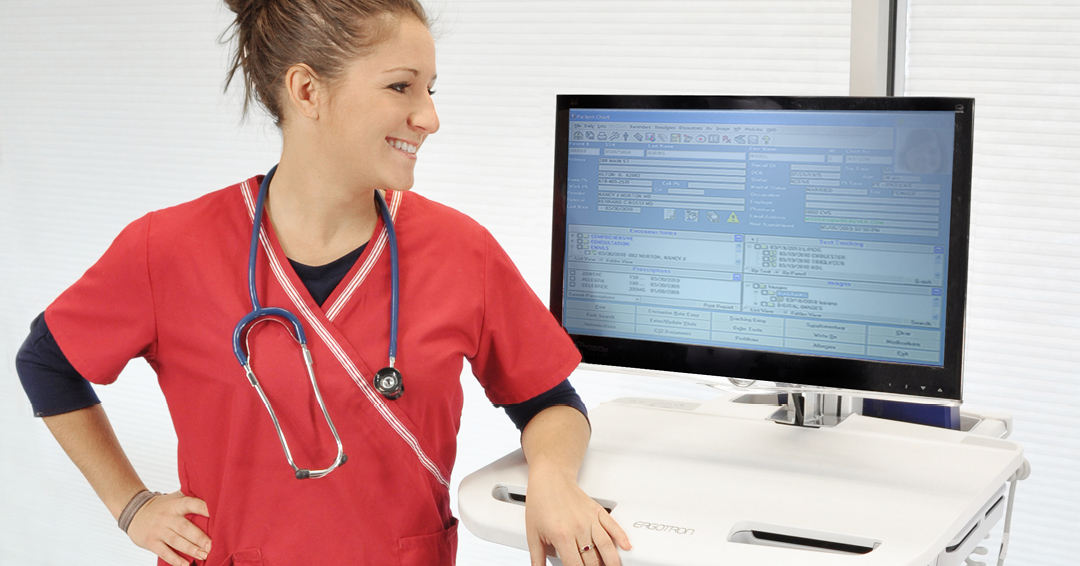Hospitals and clinics are designed as healing environments, with patient and caregiver safety a key aspect of fulfilling that mission. With battery-powered medical equipment used prominently across many healthcare organizations, it’s crucial that all equipment is designed and tested to the highest safety standards. This helps protect both users and patients while supporting the best care.
 In the News: Battery-Related Fires in Australia
In the News: Battery-Related Fires in Australia
News reports have highlighted the dangers of battery-powered devices from mobile phones to hoverboards, which can have catastrophic results when battery safety is ignored. In a healthcare environment, battery-involved fires have required facility evacuations and led to toxic fume exposure.
In 2022, fires were reported in February and April at Northern Beaches Hospital in Frenchs Forest, Australia. In both cases, lithium-ion batteries were on charge and overheated, causing them to ignite due to a process called thermal runaway.
Thermal runaway is the spontaneous combustion that occurs when a battery is damaged, which can result in a battery fire. Cells within the battery may experience damage, such as puncturing or cracking, which exposes the cells to oxygen. When the damaged cell heats up, nearby cells are also exposed to the increased temperature and can catch fire if they reach their thermal runaway temperature.
In the United States, a 2016 U.S. Food and Drug Administration (FDA) study found that half of hospital respondents said they had experienced a cart battery or electrical-related problem during the previous two years. This prompted the FDA to release a memo that recommended the inspection of current systems and preventative maintenance steps.
These incidents confirm the importance of selecting the right battery technology, understanding the key factors to determine the best fit for your organization, and the importance of preventative maintenance.
What Battery Types are Available?

- Lithium Iron Phosphate (LiFePO4): LiFePO4, commonly known as LiFe batteries, are becoming a popular option in healthcare due to key advantages like promoting safety and longevity. When compared to LiCoO2 and SLA battery chemistries, the LiFe battery offers several overall advantages: improved safety, longer cycle life, and typically faster charge rates.
- Lithium Cobalt Oxide (LiCoO2): LiCoO2 or Li-Co batteries are the most common type of lithium battery and use cobalt as a cathode. They are often found in laptops or mobile phones and usually selected due to their energy density that can provide a longer runtime for its size and weight.
- Sealed Lead Acid (SLA): These batteries are less common in today’s healthcare environments and were historically used in older medical carts and Uninterruptable Power Supply (UPS).
Additional battery technologies, including Lithium Nickel Manganese Cobalt Oxide (LiNiMnCoO2) and Lithium Nickel Cobalt Aluminum Oxide (LiNiCoAlO2), are also gaining traction. LiNiMnCoO2, commonly known as NMC, is popular for power tools, electric bikes and more due to its high capacity and power.
LiNiCoAlO2, also known as NCA, is used in medical devices, industrial applications and popular electric powertrains. It offers similar benefits to NMC, but is a less desirable choice due to some safety aspects and cost.
What Sets LiFe Battery Technology Apart?

Enhanced Battery Safety in Healthcare
Of all the benefits related to using LiFe batteries for healthcare equipment, safety is arguably the most important. In addition to the highly publicized fires with consumer goods, LiCoO2 batteries have also been associated with fires in hospitals. Most of these incidents were attributed to small defects introduced during the manufacturing process. To date, there are no published reports of incidents of fires involving LiFe batteries in hospitals.
The cause of many battery fires? The battery’s thermal runaway temperature. Batteries with higher thermal runaway temperatures generally lead to a safer battery. For LiCoO2 batteries, the thermal runaway temperature is 150°C (302°F), while LiFe batteries have a higher thermal runaway temperature of 270°C (518°F).
Depth of Discharge
Battery technology also varies by the depth of discharge it can tolerate. SLA batteries generally do not tolerate a full depth of discharge, and the system may be limited to protect the battery from reaching a low level. LiFe and Li-Co batteries can handle a full discharge and are not impacted by a partial discharge.
Charge Rate
The LiFe battery’s ability to handle the higher charger currents represents another advantage. LiFe batteries can charge up to a one-hour charge rate with little impact on its overall life cycle. High rates of currents can cause other battery chemistries to become hot when charging, which lowers the overall cycle life.
Long Cycle Life
LiFe batteries also offer a longer cycle life. As all batteries are charged and discharged over time, the battery capacity declines. But for LiFe batteries, the cycle life degrades much slower and at a steady rate. The cycle life of common battery types varies widely:
- SLA: These batteries only have a usable life of approximately 300 cycles. Depending on usage, this type of battery may require replacing every six to 12 months or less.
- LiCoO2: This type of battery can achieve up to 1,000 cycles before reaching end of life.
- LiFe: With the ability to support more than 2,000 cycles before replacement, LiFe batteries require less maintenance and workflow disruption. With fewer batteries to dispose, LiFe batteries have a lower environmental impact and a lower cost of ownership.
Energy Density
When comparing these three battery chemistries, Li-Co has a slight advantage compared to LiFe. For equivalent power, the Li-Co battery will be slightly smaller and lighter, but this applies to new batteries only. The LiFe battery can maintain its initial capacity for more cycles over its lifetime. In many cases, users would need to replace a Li-Co battery several times due to diminished capacity before replacing a LiFe battery
The Right Choice for Healthcare Organizations
Selecting a battery-powered system for your mobile medical carts should be thoughtfully researched to ensure the safest and most efficient system for your organization. While each system offers unique features, LiFe battery technology is an ideal fit for healthcare environments due to its design that promotes improved safety and reliability.
Download our executive brief to understand the key factors to consider when selecting your next medical cart power system. Contact an Ergotron Australian healthcare representative to learn more about the LiFe-powered mobile medical carts available now.



